Chances are, during your wedding planning process, you’ve stumbled across some articles with questions to ask wedding photographers as you’re interviewing them. There’s TONS of these articles out there. Some of the questions are indeed good. Some, quite frankly, are completely ill-advised. And some are just useless and won’t actually help you weed people out. Sorry, I’m getting side-tracked…I’m not here to talk about the questions that people are writing about. I’m here to talk about the question I have yet to see included on a list. And it’s a BIG one. In my opinion, it’s the make or break question. Because I don’t care if you love their editing style, if they’ve shot at your venue, or if they’ve been in the industry for 15 years. If they don’t answer this question correctly, you should not be booking with them.
The Question
What steps do you take to protect my images?
The Answer
There are multiple things you should be listening for within the answer. If you don’t hear these things mentioned, follow up by asking specifically about them.
- Using a dual-slot camera
- Having a backup camera
- Backing up the RAW files to 3 different locations
- Bonus response: Having equipment serviced on a regular basis
Why This Matters
The short answer here is that technology is not fail-proof. Ever had a computer crash? A phone fritz out? A TV stop working properly? Technology is wonderful, but the only guarantee with technology is that it will eventually let you down. Photography equipment is no exception. But, a true pro knows this, plans for the worst case scenario, and takes steps to minimize the chances of damage.
For the long answer, let’s take each of those components separately.
-
Using a dual-slot camera
- A dual-slot camera means your camera is able to hold two memory cards at once and can write the image to both cards simultaneously. Which means, right off the bat, your images are in two separate locations. So if one memory card fails, there is a backup card containing those images. Without this feature, you are betting on the one memory card to function perfectly. And while the odds may be in favor of that happening, it feels like a very big gamble to take on something so important and, let’s be real, expensive. Side note: If your photographer shoots exclusively film, they have a pass on this one. But if they shoot hybrid, their digital camera really should have this feature.
-
Having a backup camera
- This shouldn’t need as much explaining. Having a second camera body means if one camera body was to stop functioning properly in the middle of your wedding, your photographer has another way to capture your photos. If they are putting all their eggs in one camera’s basket, you are playing with fire.
-
Backing up the RAW files to 3 different locations
- After the wedding, your photographer will be pulling your photos from the memory card(s) in order to start editing them and turning them into deliverable JPEG’s. As part of this process, they should be placing copies of those files in 3 separate locations. Yes 3. There are SO many things that can go wrong at this point that, to me, 3 is the safest bet to make and a very good indication that they are taking your image protection extremely seriously.
-
Bonus: Having equipment serviced on a regular basis
- You know how you go to your dentist every 6 months to make sure you don’t have cavities starting to form? Or (to cover my bases) do you know how you’re supposed to be doing that? 😉 Well, the logic is similar here. By taking cameras in to be serviced by a specialist on a regular basis, photographers are able to catch problems/potential problems with their equipment early and take steps to fix or prevent them so that they’re not discovering them in the middle of your wedding.
What’s MY Answer?
Ok so I’ve made a lot of bold statements here. So let me talk you through how I follow my own rules and protect your images.
- At the wedding
- For the digital aspect of my shooting, I’m always using two digital cameras and both of them have dual slots.
- For the film aspect of my shooting, I have two film cameras and I shoot digital backups.
- I have multiple battery backups for my camera bodies.
- I have extra memory cards on hand.
- After the wedding
- Before I go to bed that night the RAW files get copied to 2 separate external hard drives and the memory cards (the initial 3rd backup) get placed in a safe location. These cards do not get re-formatted or re-used until after your gallery has been uploaded to my online delivery system (the final 3rd backup) and delivered to your inbox.
- The film rolls get packaged safely, insured, and sent via USPS Priority Mail to my film lab. When I receive the digital scans, they go through the same backup process as the other digital files.
- My equipment gets taken to a specialist yearly for inspection and cleaning.
While no one can look you in the eye and make a 100% guarantee that nothing will go wrong, there’s a HUGE difference in risk between showing up to a wedding with one camera and one memory card and just assuming all will go well vs. planning for things to fail. These moments are far too precious to approach that haphazardly and I believe that these precautions are a very telling sign of how professional your photographer is.
—
Other posts in this planning series:
Recommended Chicago Wedding Vendors
—
see more wedding planning tips here
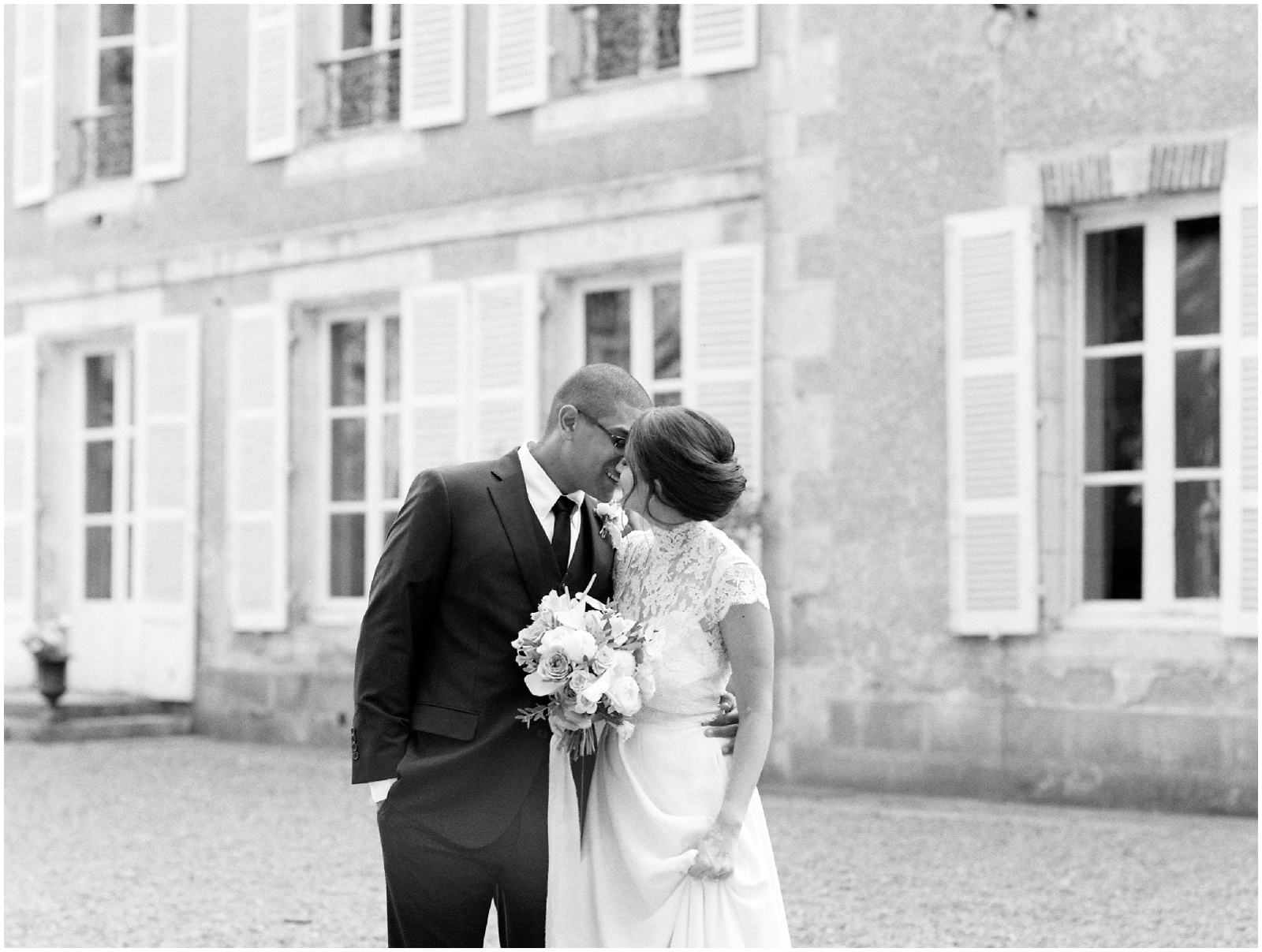
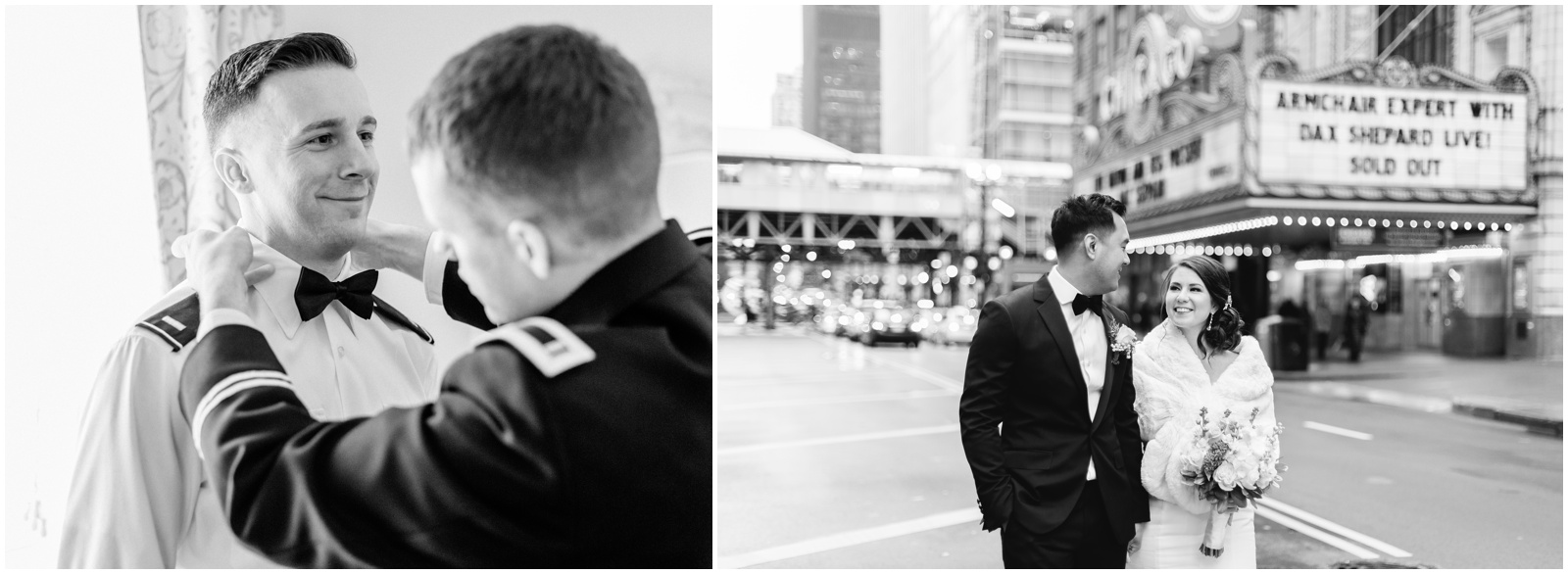
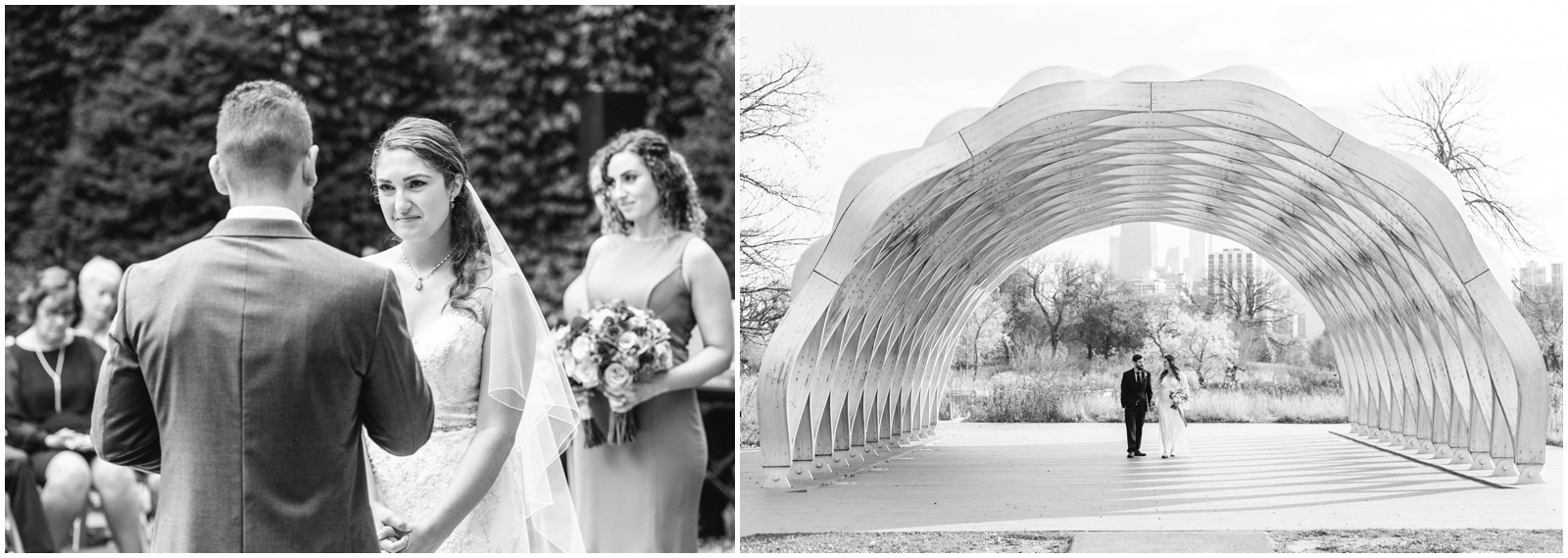
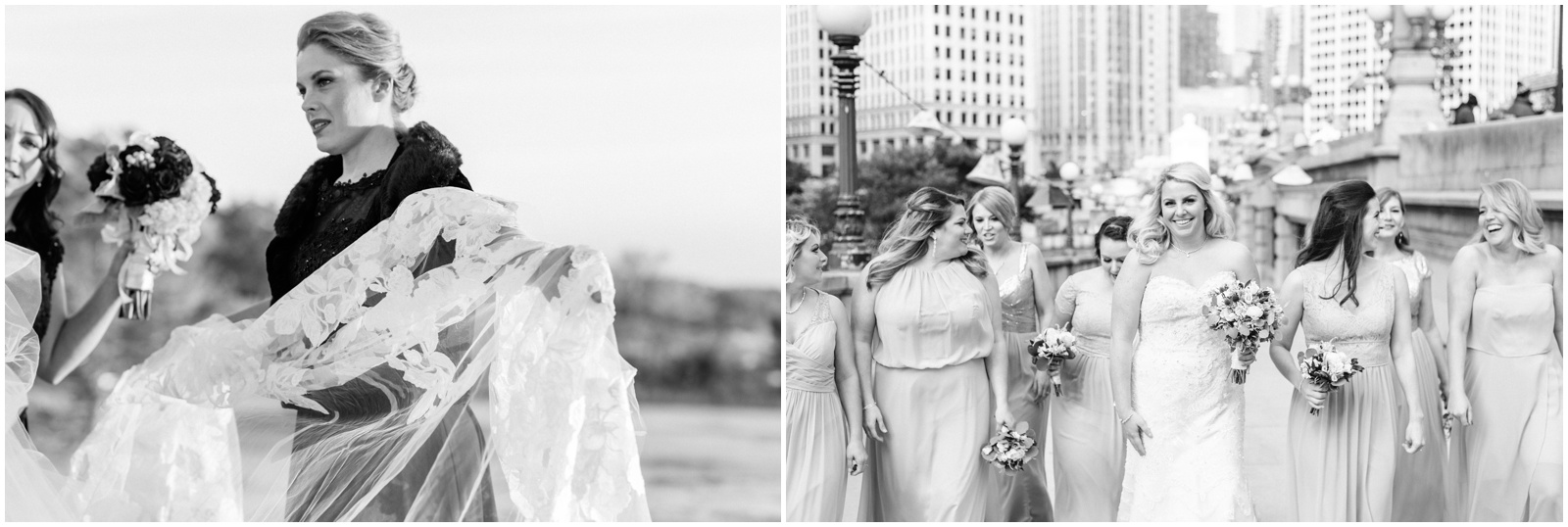
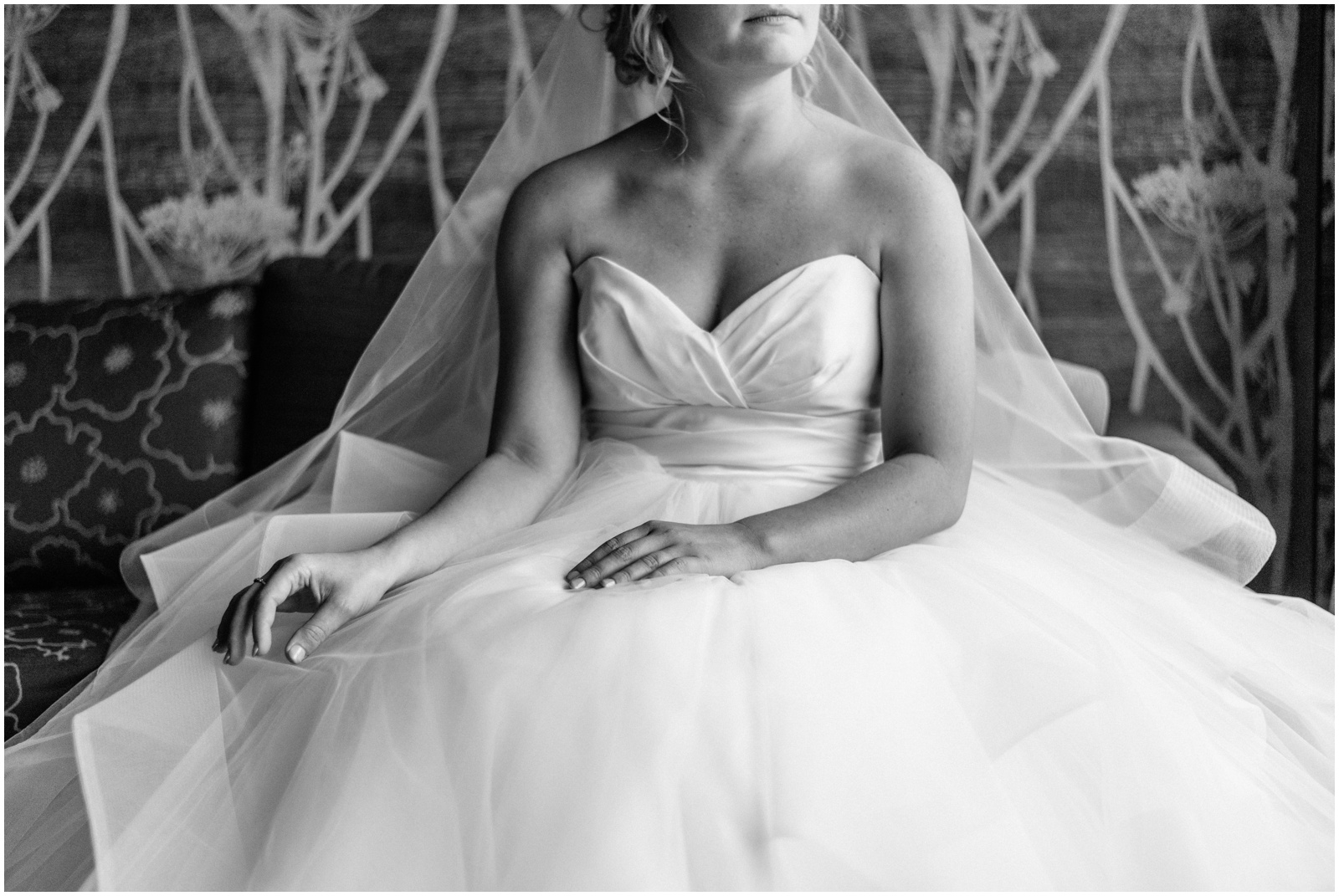

Leave a Comment